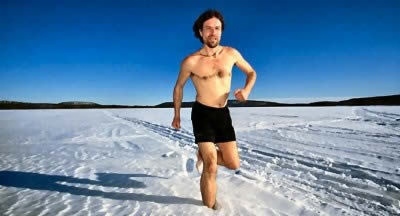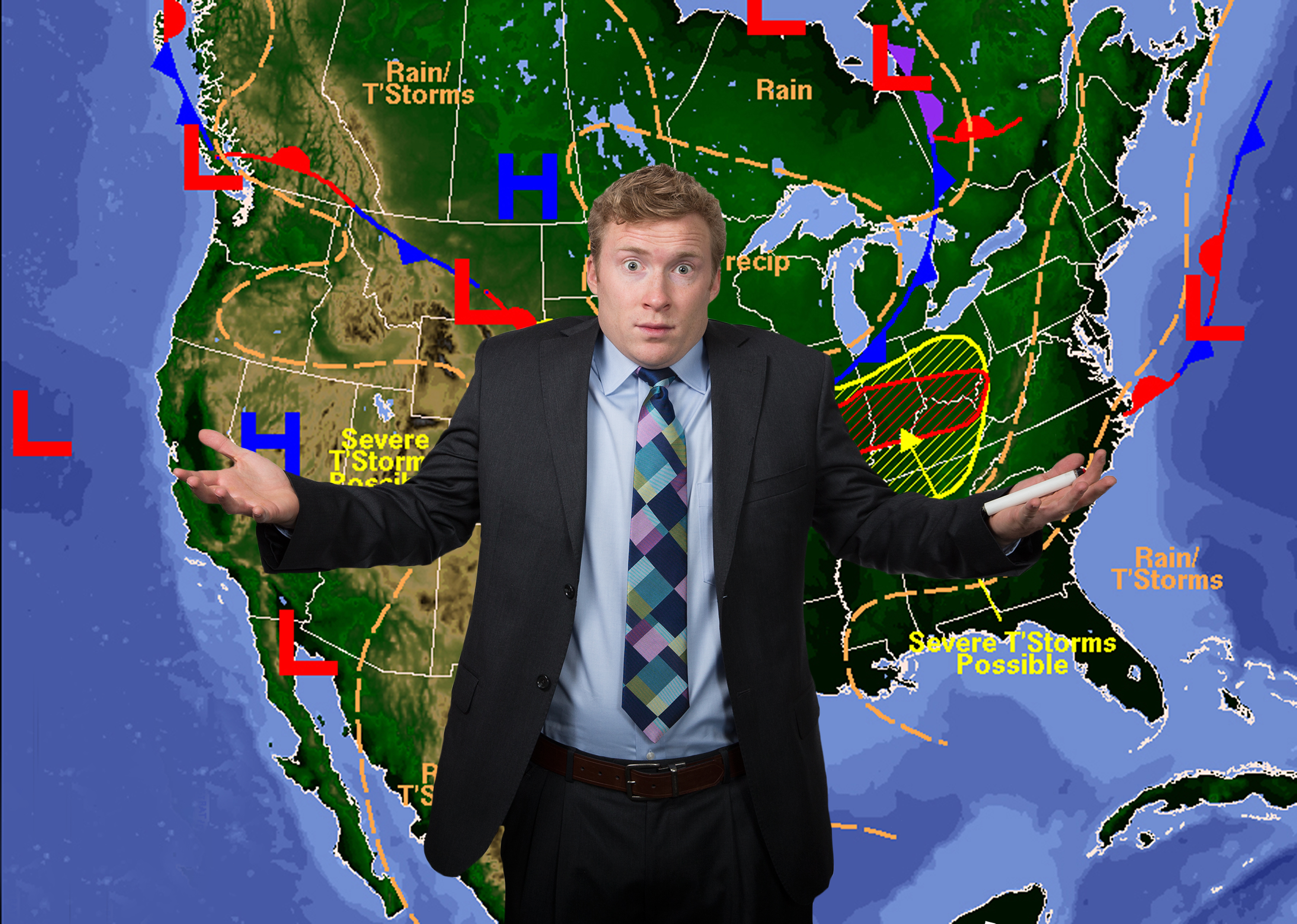(Photo credit: Forbes.com)
There’s no question that the snow this year has been insane. As of February 28, the top ten snowfall totals in North America looked like this (from Snowbrains.com):
Mammoth (CA): 574″
Squaw (CA): 570″
Homewood (CA): 533″
Boreal (CA): 516″
Sugar Bowl (CA): 510″
Northstar (CA): 504″
Kirkwood (CA): 481″
Mount Baker (WA): 461″
Jackson Hole (WY): 451″
Snowbird (UT): 441″
And take a look at the forecast for this week, from Opensnow.com:
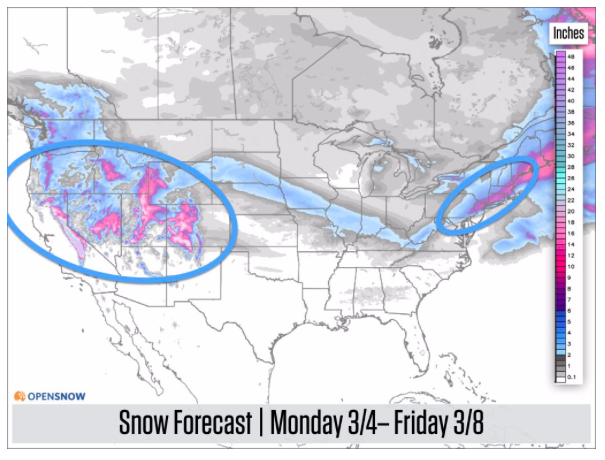
Mammoth has already announced it’s extending its season until at least July 4, and Kirkwood, Northstar and Heavenly have all extended their seasons by a full week. I’m sure others will follow suit.
As skiers, we relish seeing high snowfall totals. Pictures of people skiing through chest high powder make our hearts go pit-a-pat.
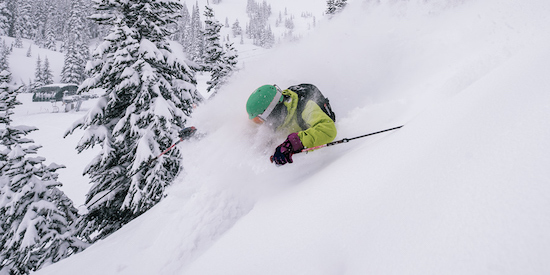
Photo credit: REI.com
But how much do you really know about snow? I mean, besides the fact that it falls in winter and is so much fun to ski in. So this week I figured I’d get you educated with some fun facts about snow. Read and learn:
1. Around 12% of the Earth’s land surface is covered in permanent snow and ice (editor’s note: this could change as the planet warms, so support Protect Our Winters).
2. The average snowflake falls at a speed of 3.1 miles per hour.
3. All snowflakes have 6 sides. They can come in needles, columns, flat plates, stars, dendrites and combinations. The temperature determines the shape.
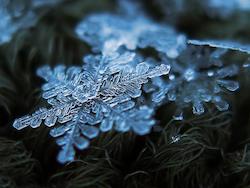
Snow crystal
4. Snow is actually colorless. According to the National Snow and Ice Data Center, “the complex structure of snow crystals results in countless tiny surfaces from which visible light is efficiently reflected. What little sunlight is absorbed by snow is absorbed uniformly over the wavelengths of visible light thus giving snow its white appearance.” Snow can contain dust or algae that give it different colors. Orange snow fell over Siberia in 2007 and pink snow (watermelon snow) covered Krasnodar, Russia, in 2010. Watermelon snow is common in mountains and has a sweet smell and taste.
5. The Sami people, who live in the northern tips of Scandinavia and Russia, use at least 180 words related to snow and ice,
6. The largest snowflake ever observed is believed to have been 15 inches wide and 8 inches thick. It was reported in Montana in 1887.
7. About 68.7% of Earth’s freshwater is trapped in ice caps and glaciers. Related fact: 2 billion people rely on snowmelt for drinking water.
8. Mount Baker, WA, has the world record for snowfall at 1,140 inches of snow in the 1998/1999 winter season.
9. An average of 25-30 avalanche fatalities occur in the US each year.
10. Avalanches can reach speeds of 80 mph within about 5 seconds.
11. Dutch daredevil Wim Hof holds the world record for running the fastest half marathon barefoot on snow and ice. He completed the marathon in 2 hr 16 min 34 sec near Oulu, Finland, on January 26, 2007.
12. The world’s snowiest city with a population over one million is Sapparo, Japan, with an average yearly snowfall of 234 inches.
13. Very light snow is known to occur at high latitudes on Mars. A “snow” of hydrocarbons is also theorized to occur on Saturn’s moon Titan.
14. Chionophobia is a fear of snow. If you’re crazy about snow, you have chionomania. I bet all of us here suffer from the latter.

